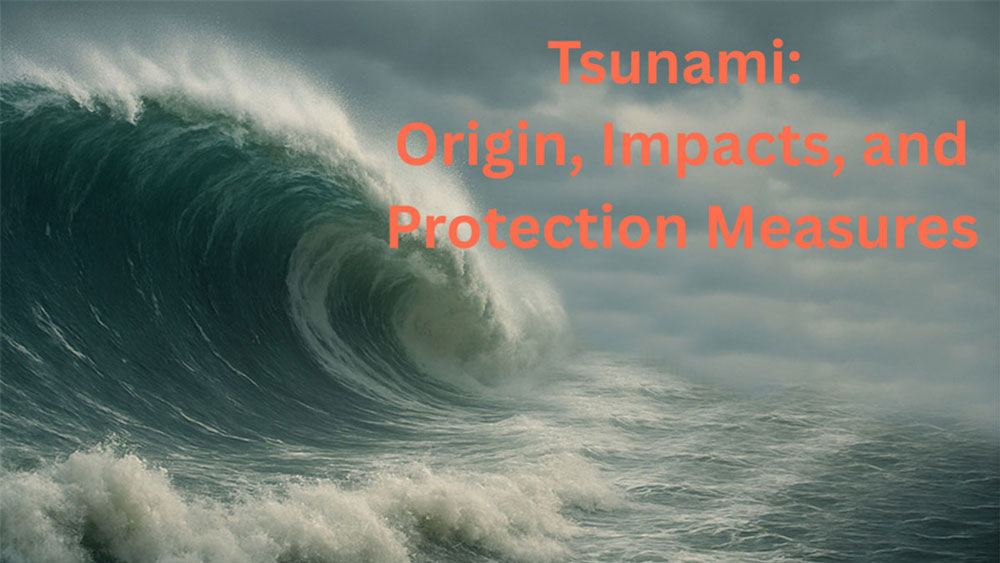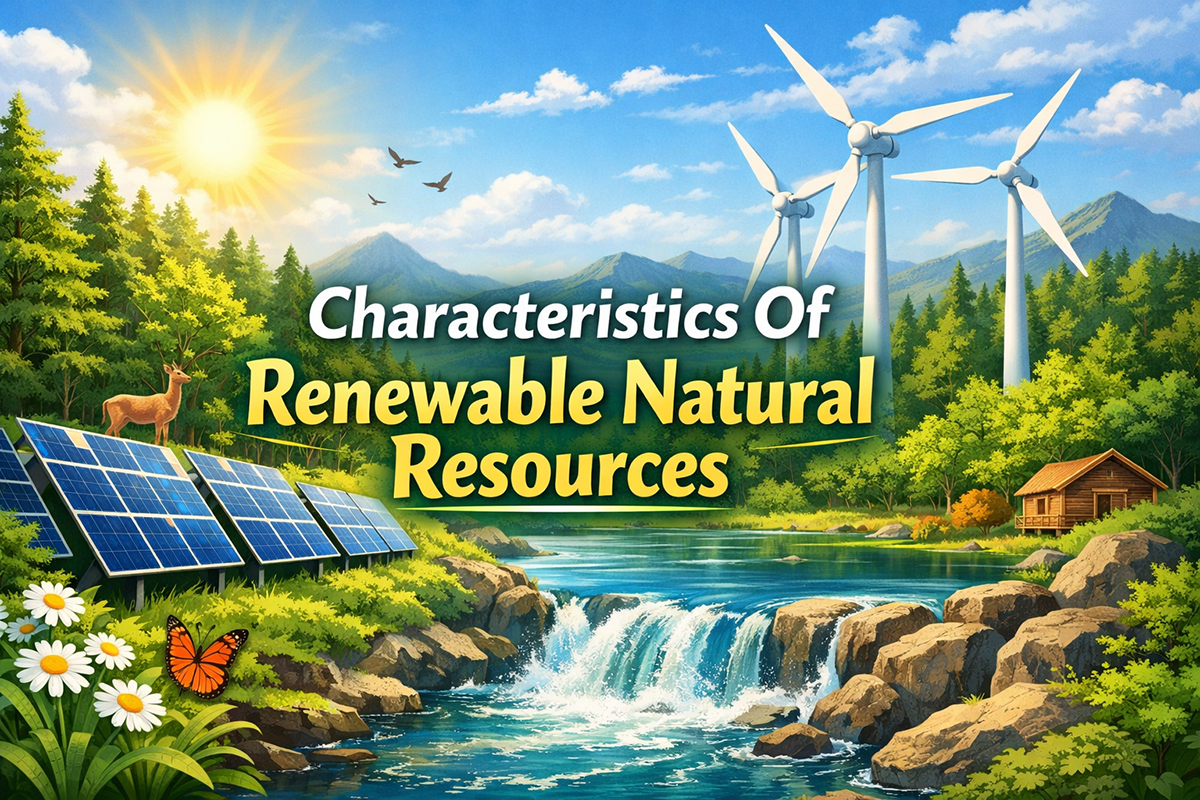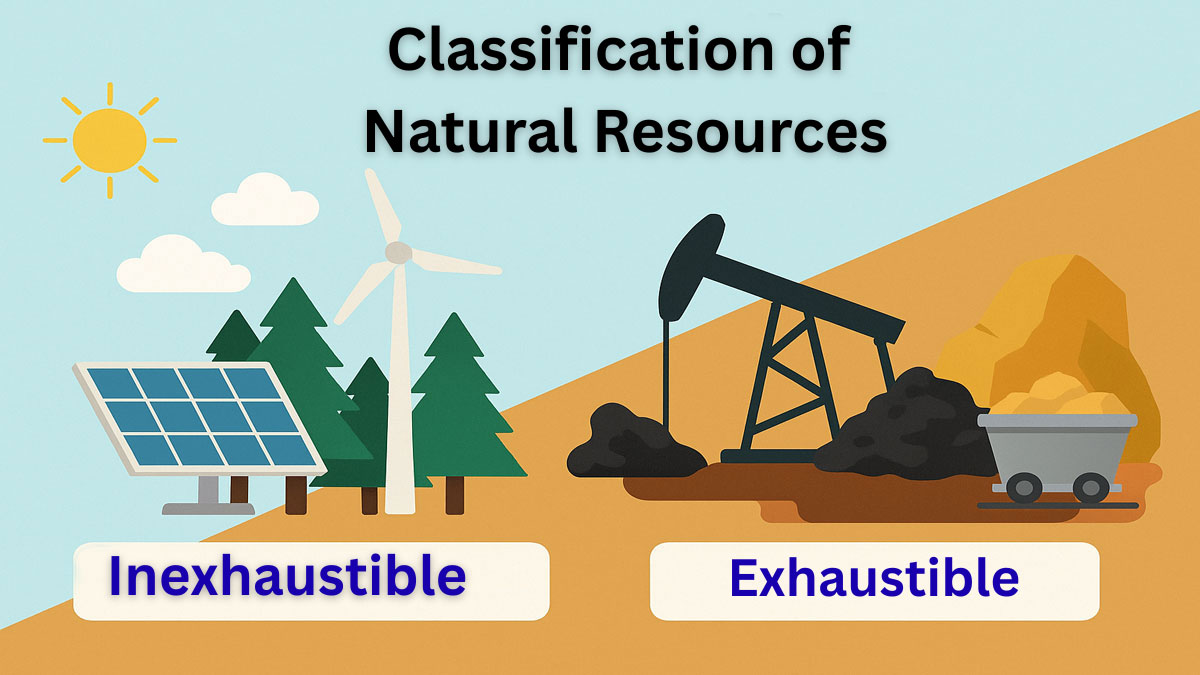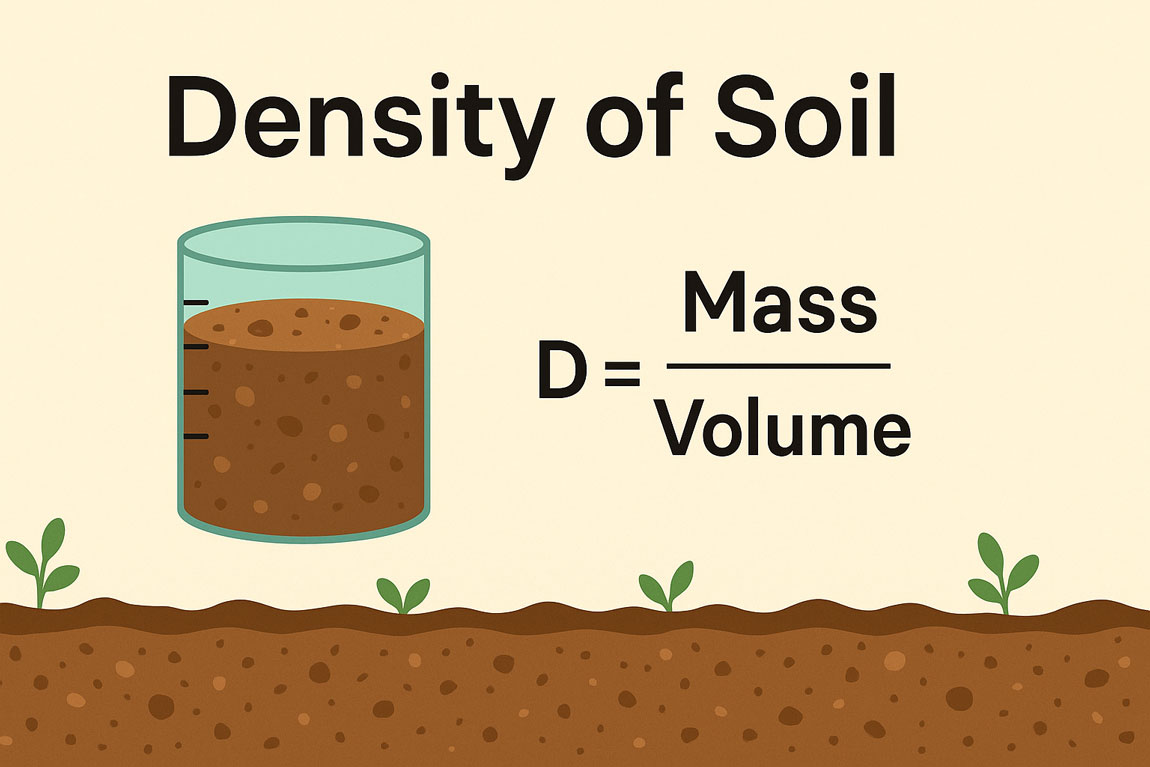A tsunami is one of nature’s most powerful and destructive forces, causing immense devastation along coastal regions. Unlike ordinary tidal waves, tsunamis are triggered by undersea earthquakes, volcanic eruptions, or seabed movements. These events send high-speed waves racing across the ocean. With little warning, the waves grow in height and strike shorelines with destructive energy.
This blog explores the origin, impact, and protection strategies for tsunamis, highlighting both historical events and modern warning systems.
Origin of a Tsunami:
The term “tsunami” comes from the Japanese words tsu (harbor) and nami (wave). This natural hazard, in the form of massive ocean waves, wreaks havoc in coastal regions.
Unlike tidal waves caused by the gravitational pull of the sun and moon, tsunamis possess much longer wavelengths, greater amplitudes, and higher velocities. A tsunami often begins with an earthquake focused on the ocean floor. Other causes include undersea volcanic eruptions or seabed slides.
On the ocean floor, tectonic activity in subduction zones often generates earthquakes. When one lithospheric plate slides under another, the intense pressure releases energy. If an earthquake exceeds magnitude 7 on the Richter scale, it may rupture the subduction zone. The ocean floor may suddenly rebound, displacing massive water volumes and triggering a tsunami.
A typical tsunami wave can reach a height of 10–20 meters, a wavelength of 200 kilometers, and travel as fast as 700–900 km/hour in deep waters. Tsunamis carry about 1% to 10% of the total energy from the earthquake. In large events, this energy equals four million atomic bombs detonating simultaneously.
Wave speed depends on ocean depth (c = √gD). As waves approach shallow coastal waters, their speed drops, but their height rises dramatically. A small wave in deep sea may grow up to 30 meters near the shore. (Pande 2005)
Destructive Action of Tsunamis:
The damage caused by tsunamis depends on the shape of the coastline and the density of population and property. Tsunami waves arrive in a sequence of crests and troughs, causing destruction in two main ways:
- Impact During Arrival: The initial wave front sweeps away buildings, vegetation, and infrastructure. Agricultural land gets submerged in saltwater, often becoming infertile.
- Retreat and Backflow: As the water recedes rapidly, it drags debris, people, animals, and structures back into the sea. Low-lying areas often remain flooded long after the wave withdraws.
Tsunamis travel at great speed in the deep ocean. Although they slow down near land, their wave height increases drastically. As successive waves hit in intervals of minutes, troughs may cause seawater to recede, revealing large portions of the seabed. Suddenly, enormous crests slam into the coast, leaving devastation in their wake.
The Pacific Ocean’s rugged floor makes it particularly prone to tsunamis. Countries most affected include Japan, Indonesia, Malaysia, Mexico, the Philippines, New Zealand, South America, and Hawaii.
In 1883, a volcanic eruption on Krakatau Island triggered 35-meter-high tsunami waves, killing over 36,000 people in the East Indies. Japan frequently faces such disasters. In 1933, waves up to 30 meters killed 299 people. The 2011 Great East Japan Earthquake (magnitude 9.0) unleashed a deadly tsunami that swept away entire towns and farmlands. Nearly 20,000 people died or went missing, and a nuclear crisis forced mass evacuations.
Tsunami Protection and Preparedness:
Before 26 December 2004, India had never experienced a tsunami of such scale. That event shocked the nation and underscored the importance of preparedness, especially in coastal states and the Andaman and Nicobar Islands.
The 2004 quake formed a massive trench beneath the Indian Ocean, extending to the Andamans. This fault could reactivate in the future, prompting another ocean-bed earthquake and resulting tsunami.
Instead of worrying whether a tsunami will occur, countries should focus on how to reduce its impact. Monitoring wave conditions in mid-ocean can offer critical early warnings. Japan, for example, has installed a network of seismographs on the ocean floor, up to 200 km from shore, to detect tsunami signals early.
When an earthquake shakes the ocean bed, Japan’s coastal tsunami centers receive instant alerts. If a tsunami threat exists, they quickly issue warnings to coastal communities through a coordinated alert system.
India has taken similar steps. The government is installing round-the-clock tsunami monitoring systems in the Bay of Bengal and the Indian Ocean. These systems will issue timely warnings for both tsunami waves and storm surges, helping save lives.
Tsunami protection also requires smart coastal planning. Authorities should restrict construction and habitation near coastlines to avoid large-scale losses. Coastal zone management must play a key role in long-term disaster mitigation.
Conclusion:
Tsunamis are deadly and unpredictable, often arriving with minimal warning and leaving widespread destruction. Understanding how they form, move, and impact coastlines is vital to disaster preparedness. While we cannot prevent a tsunami, effective early warning systems, coastal planning, and public awareness can save countless lives. As history has shown, being proactive is the key to minimizing the impact of these natural disasters.






